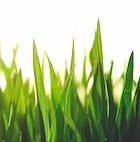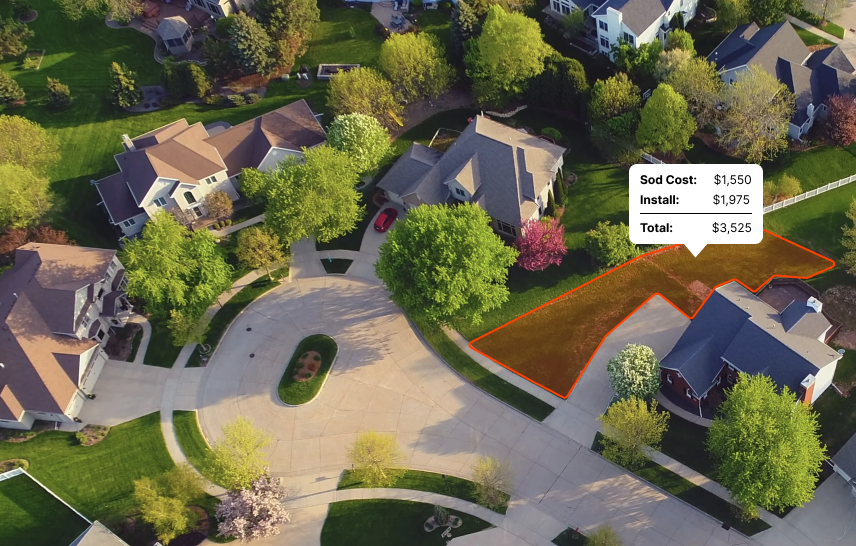Overall, Colorado's unique climate and grass zone require a specific selection of grass species that are adapted to cooler temperatures and require less water. By understanding these factors and planting during the appropriate times, residents can enjoy a healthy and vibrant lawn.”
Introduction
Colorado has a continental climate with four distinct seasons. The summers are generally warm and dry, while the winters are cold and snowy.
The state also has varying elevations, with some areas reaching over 14,000 feet above sea level. These factors play a significant role in determining the types of grass that grow best in different parts of the state.
In general, Colorado falls within the cool and arid grass zone. This means that grasses that are adapted to cooler temperatures and require less water are best suited for the state.
Examples of grasses that do well in Colorado include cool-season grasses like Kentucky bluegrass and fine fescue. The best time to lay grass in Colorado is during the late spring or early fall.
What are the best sod types for CO?
In the world of landscaping, not all grasses are created equal. Each thrives in a specific climate zone: cool, warm, or transition.
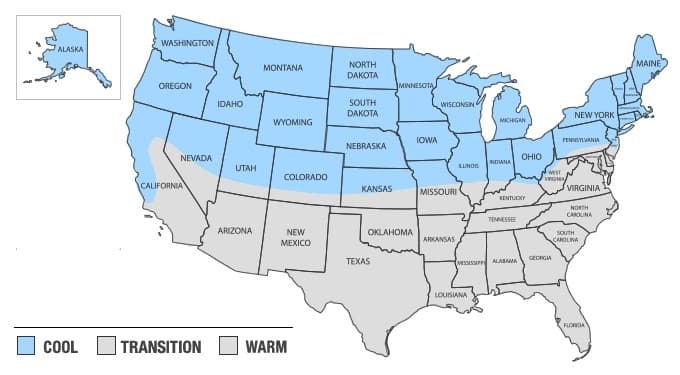
Colorado, with its cool season climate, prefers a particular set of grasses that relish the lower temperatures. The following sods are the easiest to grow and maintain in Colorado:
While it's possible to grow grasses meant for other regions with proper care, attention and timing, these are the most common grasses in Colorado for residential lawns.
Level Up Your Lawn Skills
Once per week we'll send you an interview from someone who has mastered the art of lawn care.
Recommended species for shade
Alright, let's dive straight into the best grasses for Colorado shade, no messing around. First up, we've got Fine Fescue. This grass is a champ when it comes to shade tolerance. Three to four hours of sunlight? No problem. It thrives in cool temperatures and handles drought like a champ, important when Colorado's summer heat kicks in.
Next on deck is the ever-reliable, Kentucky Bluegrass. It may sound like its heart lies in the south, but it can tough out those Colorado shades like a pro. Though, let's be real – it does like a bit more light, around six hours a day, but can still maintain that lush attitude in areas of light shade.
Stepping up next to the plate is Tall Fescue. This grass type is more heat-tolerant than Fine Fescue but still manages to flex its shade-loving muscles. It appreciates four hours of sunlight but isn't scared of a little shade. Plus, it's pretty resistant to drought and disease, a bonus when tackling the sometimes unpredictable Colorado weather.
Checking in fourth, we have the underdog, Ryegrass. Most folks don’t think about ryegrass for shade, but it's an unexpected contender. Four hours of sunlight and consistent watering keep it green and lush, even when the going gets shady.
Lastly, let's not forget about Buffalo Grass. This native Colorado species can be a bit of a diva and prefers six hours of sunlight. Yet, it can put up with some shade and remains resilient in the face of Colorado's dry climate.
Remember, folks, Colorado shade can be a tricky business. So these shade-loving grass champions may need a bit more nurture and care. Stay alert to changes in soil moisture and root growth. That's the magic right there. Take care of your sod, and it'll take care of you. Good luck with your shady Colorado sod journey!
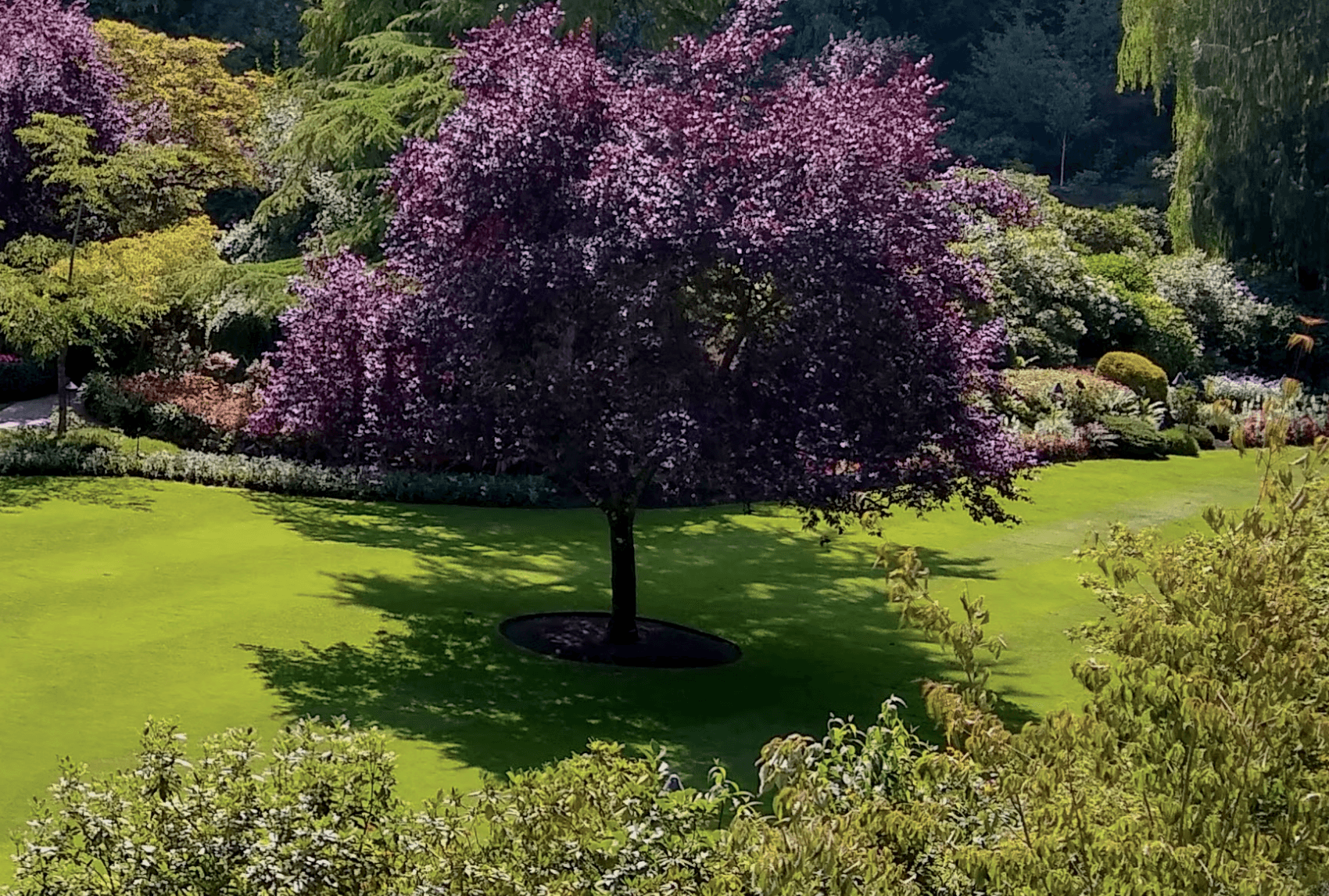
Recommended for full sun or partial sun
Choosing the right sod for your lawn depends heavily on the sunlight exposure in your yard. Different grass types have varying light requirements for optimal growth and appearance. Assessing whether your lawn receives full or partial sun is essential in selecting sod that will flourish and stay healthy in your specific environment.
Below are some sod options recommended for either full sun or partial sun conditions in CO:
| Grass Type | Sun | Good to Know |
|---|---|---|
| Tall Fescue | Partial | Tall Fescue is adaptable to a range of conditions, including partial sun, and is known for its deep root system and tolerance to drought. |
| Kentucky Bluegrass | Full | Kentucky Bluegrass prefers full sun and is prized for its fine texture, rich color, and ability to recover quickly from damage. |
| Perennial Ryegrass | Full | Perennial Ryegrass thrives in full sun and is known for its rapid germination, fine texture, and bright green color. |
| Fine Fescue | Partial | Fine Fescue is well-suited for partial sun and is appreciated for its fine texture, shade tolerance, and low maintenance requirements. |
What varieties stay green year-round?
As with anything agriculture related, there is some nuance to this question. There are many grasses that can stay green year round in but it depends heavily on your location within Colorado as well as any microclimates that may exist.
The following grasses have the ability to stay green year round in Colorado:
| Grass Type | Caveats |
|---|---|
| Tall Fescue | It typically stays green throughout the year in milder climates, given that it isn't overly stressed by heat or drought in the summer. |
| Kentucky Bluegrass | It can retain its green color for much of the year when well-maintained, though harsh winter temperatures can push it towards dormancy and a browner hue. |
| Perennial Ryegrass | It can stay vibrant and green throughout the year in many climates, unless conditions are extremely cold or dry. |
| Fine Fescue | It keeps its green color throughout the year in ideal conditions. If the winters are particularly harsh, it may lose some color. |
What is the best time to lay sod in Colorado?
Since it is considered a cool-season location, the ideal time to lay sod is in early spring or early fall. These periods offer moderate temperatures, leading to less stress on the sod and providing optimal conditions for root establishment before extreme temperatures of winter or summer. Avoid the summer, as high heat can stress the sod.
As you can see in the image below, you'll notice the most shoot growth (the grass above ground) and root growth in the spring and fall for cool season grases:
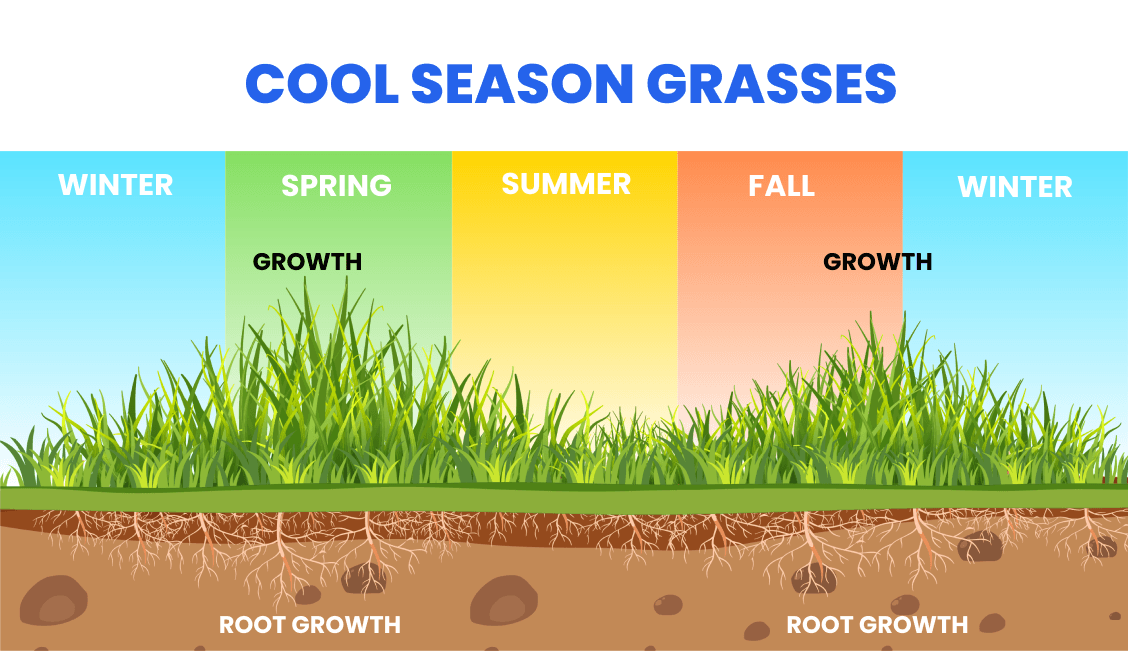
Find reputable companies for installing sod in CO
Here are the top problems you'll face when trying to get sod installed by a landscaping company:
- They're not transparent about pricing. You'll often get a quote that's way higher than you'd expect.
- They're hard to get ahold of on the phone or you'll reach out online but won't hear back.
- It's hard to pin them down for a specific date. Because you can only bring sod from the farm when there's decent weather, this causes some delays at times. It also has a short shelf life, so it's important to get it installed within a day or two of delivery.
We've done all the work for you. Click below to get a quote from one of the top installers in Colorado.
